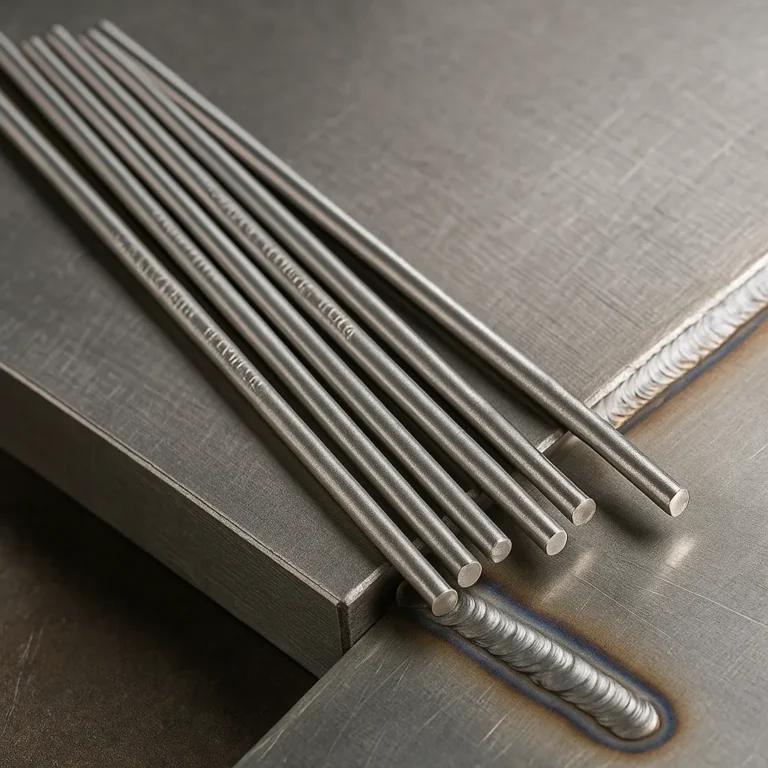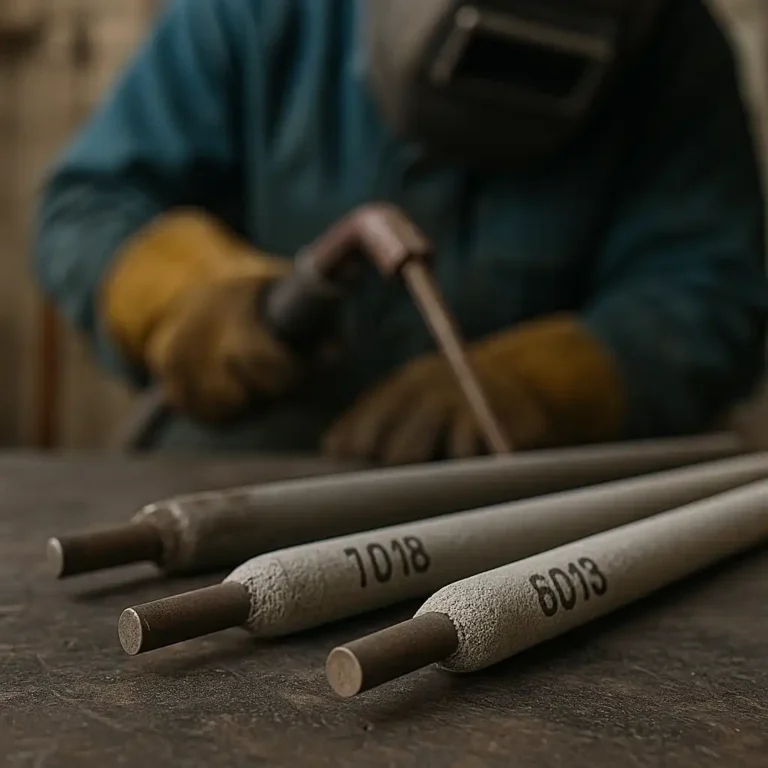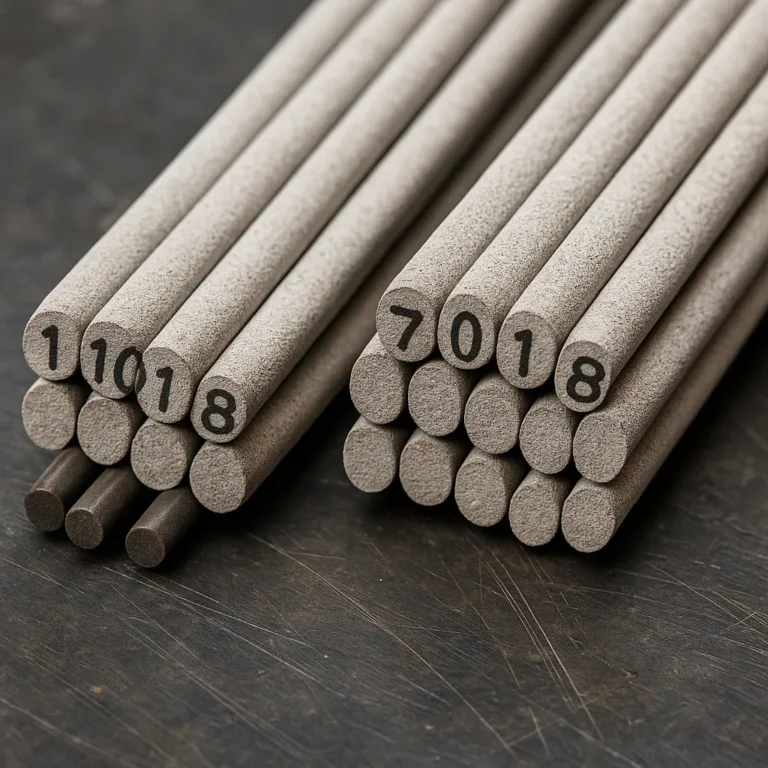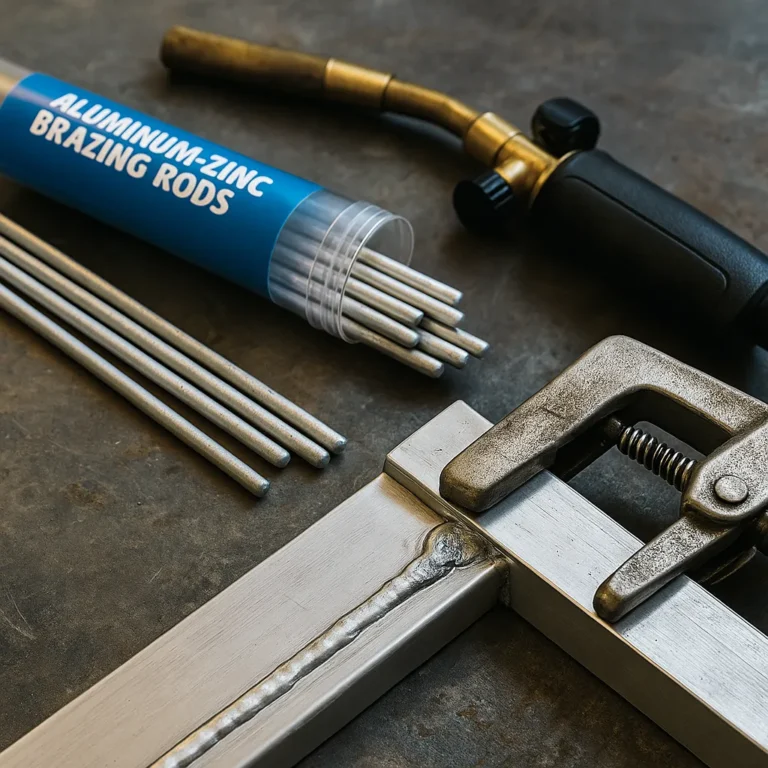Best Welding Rod for Beginners – Easy Choices to Get Started
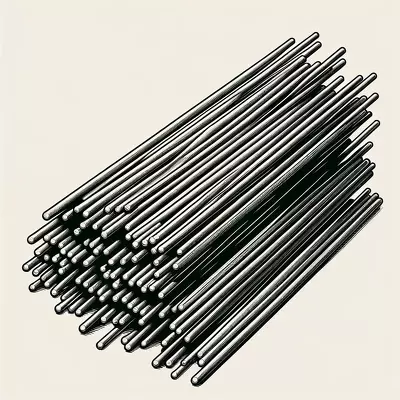
Disclosure: This post contains affiliate links. As an Amazon Associate, I earn from qualifying purchases—at no extra cost to you.
Last Updated: September 13, 2025
When you’re starting out, the rod you strike with makes a huge difference. Some electrodes light smooth and forgive mistakes, while others will fight you from the first arc. Picking the best welding rod for beginners helps you learn faster and keeps frustration low.
👉 If you’re still sorting through electrode options, check out our best welding rods guide for a clear breakdown of the main types and when to use them.
💰 Check Price & Availability
Here are three beginner-friendly rods welders recommend.
View on Amazon – Forney 30301 E6013 Welding Rod
View on Amazon – LIIJII E6013 Welding Rods 5lb
View on Amazon – Forney 31101 E6011 Welding Rod
📋 Quick-View Comparison List
🔩 Forney 30301 E6013 Welding Rod
⚡ Strengths: Easy arc starts, smooth beads, forgiving on thin plate
🔧 Best For: Practice runs, light fab work, learning basics
💲 Price Range: Affordable
⚠️ Limitations: Not made for heavy sections
🔩 LIIJII E6013 Welding Rods
⚡ Strengths: Budget-friendly, steady arc, reliable for practice
🔧 Best For: Beginners on a budget, long practice sessions, mild steel work
💲 Price Range: Affordable
⚠️ Limitations: Works best on mild steel only
🔩 Forney 31101 E6011 Welding Rod
⚡ Strengths: Deep penetration, burns through rust and paint, runs on AC
🔧 Best For: Outdoor jobs, farm repairs, learning arc control
💲 Price Range: Mid-Range
⚠️ Limitations: Rougher bead finish, harder for new welders to master
🔎 Strength & Crack Resistance
E6013 is a go-to for new welders because it runs smooth and won’t punish small errors. It’s ideal for clean metal and practice welds. E6011 digs deeper, producing stronger welds that bite into the base material, but the bead is rougher and usually needs cleanup afterward.
👉 For a side-by-side of deeper-penetrating rods, see our guide on 6010 vs 7018 welding rods.
🔎 Ease of Use
E6013 is often called the easiest welding rod for beginners because it lights quick and runs steady. The Forney and LIIJII versions both deliver that forgiving arc. E6011 has a steeper learning curve—it runs hotter, spatters more, and demands tighter control. Still, it’s worth trying once you’re comfortable with E6013.
👉 If you’re curious about alternatives, our guide to mild steel welding rods explains which rods handle everyday steel work with ease.
🔎 Versatility
E6013 shines in the shop on clean, thin to medium plate. LIIJII’s larger packs are great if you’re burning rod after rod in practice. E6011 is more versatile outdoors, cutting through rust, paint, and dirt when prep isn’t perfect.
🔎 Best Match for Welders
- Go with Forney 30301 E6013 if you want smooth, easy practice runs.
- Go with LIIJII E6013 if you’re practicing a lot and need a budget-friendly pack.
- Go with Forney 31101 E6011 if you’ll be welding outdoors or on rough material.
📦 Forney 30301 E6013 Welding Rod – Best for Smooth Practice Runs
Forney’s E6013 rod is about as forgiving as it gets. It strikes easy, runs smooth, and leaves clean beads on mild steel. The trade-off is penetration—it’s not built for thick sections.
📦 LIIJII E6013 Welding Rods – Best Budget Pack for Beginners
LIIJII’s 5lb pack gives you plenty of practice time without overspending. The rods burn steady and let you focus on building skill. They’re best for mild steel and light fabrication, not heavy-duty work.
📦 Forney 31101 E6011 Welding Rod – Best for Rusty or Outdoor Work
E6011 is the rod you grab when the metal isn’t clean. It burns through rust, dirt, and paint with strong penetration. The arc is hotter and less forgiving, but learning with it teaches puddle control and prepares you for real-world jobs.
🟢 FAQs
Q: What’s the easiest welding rod for beginners?
A: E6013. It lights easy, runs smooth, and helps new welders lay down clean beads.
Q: Can beginners use E6011 rods?
A: Yes, but expect more spatter and arc control challenges. They’re great for learning penetration and working on rougher metal.
Q: Do beginners need a welding rod chart?
A: A beginner welding rod chart is helpful for matching rod type to thickness, but starting simple with E6013 or E6011 works fine.
Q: What size welding rod is best to learn with?
A: 3/32-inch is easiest to handle and less likely to burn through thinner material.
✅ Conclusion
The best welding rod for beginners depends on your practice goals. E6013 rods like Forney and LIIJII are smooth, forgiving, and perfect for learning. E6011 is tougher but gets you ready for jobs on rusted or dirty steel.

